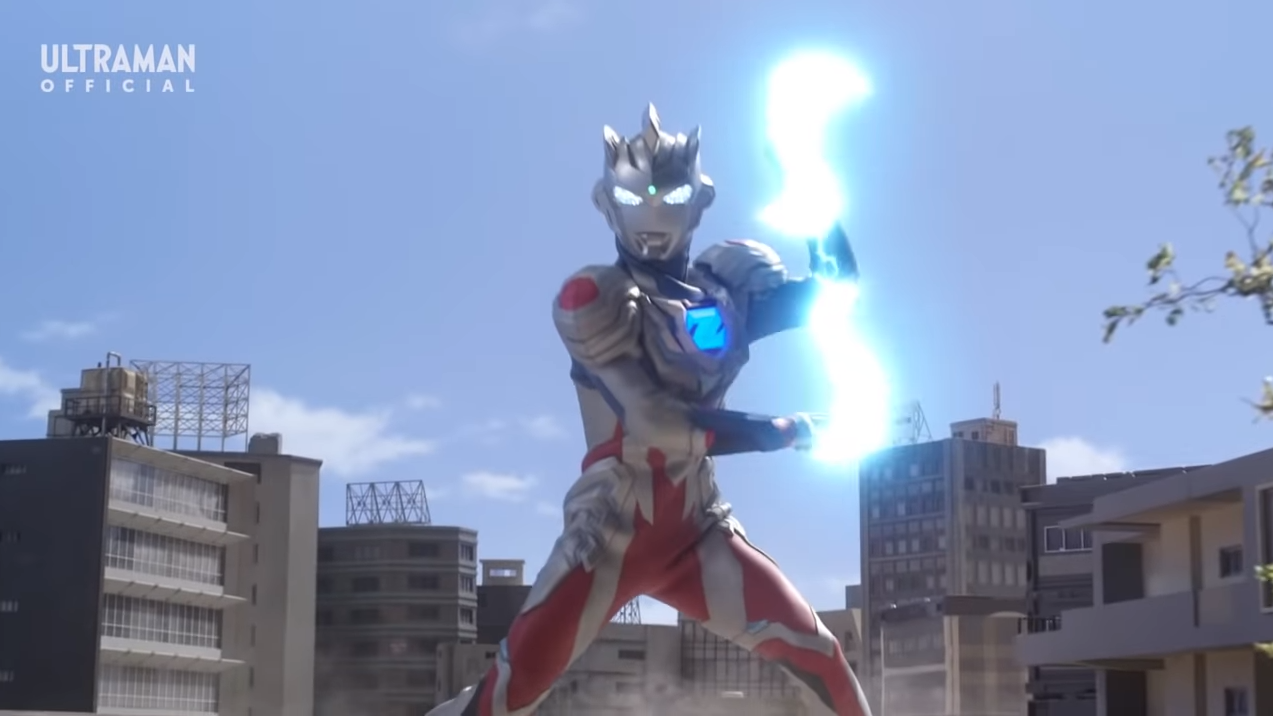Your Cart is Empty
Artists

Ultraman Z Makes Stunning YouTube Premiere
June 25, 2020 3 min read 0 Comments
There’s no shortage of the fantastical on TV and streaming services these days. Star Trek: Picard has fleets of massive starships doing battle, while the Marvel movies dominate the pop cultural landscape. But spectacle without joy is a hollow affair, just a bloated tech demo. Ultraman Zis the perfect union of spectacle, joy, and vision. Ultraman Z is the latest in the long lineage of giant protectors from space, born from Tsuburaya Productions, since the 1960s. Ultraman has delighted audiences for decades, and with so many TV shows, movies, cartoons, and Scatman parody singles, it can be challenging to imagine the show still feeling fresh in 2020. The story, at a glance, is indeed boilerplate. Ultraman Z, a hot blooded rookie of the Galactic Defense Force, lends assistance to Haruki (Koshu Hirano), a hot blooded rookie to the Earth organization STORAGE, which protects Japan from giant monsters. Haruki dies while protecting the city from a giant monster Ultraman Z was fighting, but Z and Haruki combine so that now both entities share the same body. The premise is not dissimilar from other Ultra series, but what carries the show is the amount of charm in these characters. The show has a sense of high stakes and danger when giant monsters start attacking the city, but there’s a levity to the interactions between Haruki and Ultraman Z. Ultraman Z muses over the difficulty of earth languages (“Earthese is Ultra-difficult.”) and, like a patient stagehand, guides Haruki in how to activate the Ultra Z Riser (a toyetic device which transforms Haruki into Ultraman Z). Giant highly advanced mechs are used to clear rubble, while organizations sworn to protect earth from monsters fret over budgets. There are of course nods to previous Ultra series. The first monster we see on screen, Gomess, first appeared in Ultra Q, the progenitor series to Ultraman, and Ultraman Z’s powers come from activating “medals” that bestow him traits from previous Ultramen. References to past entries aside, I wouldn’t hesitate to show Ultraman Z to a tokusatsu neophyte, because of the sheer level of style in this show.

The budget of Ultraman Z is microscopic compared to that of your average “prestige” TV series, but it has an artistic vision and a heart to it that makes me feel more engaged than anything else I’ve seen. Tokusatsu, when done well, blends the absurd and the real, the stylish and the grounded. One of my favorite shots in the whole episode comes from a scene where the giant robot Sevenger (imagine a mech on a municipal budget) is used to load rubble from the earlier fight with Gomess onto dump trucks. There’s a layered quality to this shot, and many others throughout the episode, as electrical poles, buildings, and aircraft crisscross with the scenes, but never makes the shot so crowded that you lose sight of the action. The situation is far from realistic, but the world feels lived in with a veracity to the shot composition that makes you believe in what you’re watching.

Ultraman Z is the most accessible show for longtime fans of Ultraman and newcomers alike as it’s currently streaming for free on YouTube with English subtitles, though each episode will only remain up for two weeks. Traditionally Ultraman simulcasts in the US have been on services such as Crunchyroll, it remains unknown why Tsuburaya Productions decided to break with this trend, though the new Ultraman Official YouTube channel may be a factor. One unfortunate sticking point to Ultraman Z is that the show is streamed only 720p, with no 1080p or 1080i options. Perhaps higher resolution is gated for TV broadcast and home video releases? This is a very strong start for Ultraman Z and I look forward to seeing where it goes.
Subscribe
Sign up to get the latest on sales, new releases and more …
